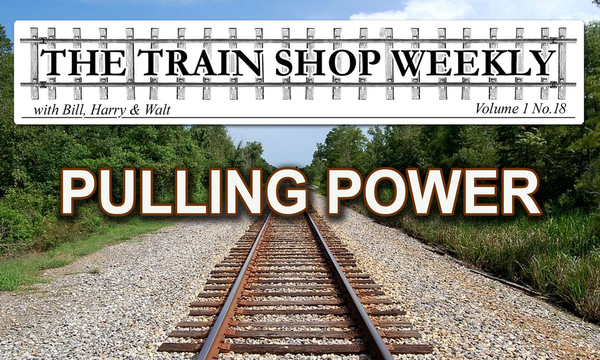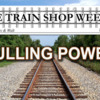Guys,
I have read alot of posts on this board over the past year, and many of them discuss problems with, or no problems with, the pulling power of locomotives.
Is there a standard way measure the actual "pulling power" of a locomotive? Seems like there should be.
A simple spring loaded gauge, measuring "pull" in fractions of ounces, would seem to be in order. Hook the gauge to the back of your locomotive, hold the gauge in one place, turn the locomotive on full power, and see how far it moves the gauge until it spins or stalls.
(A simple device like this is available for measuring the weight of "trigger pull" for firearms, but it is generally gauged in quarter of a pound marks, from 1 pound up to 8 or 9 pounds. It tell how much weight must be applied to a trigger before the gun fires, i.e. lets the firing pin go.)
Mannyrock








